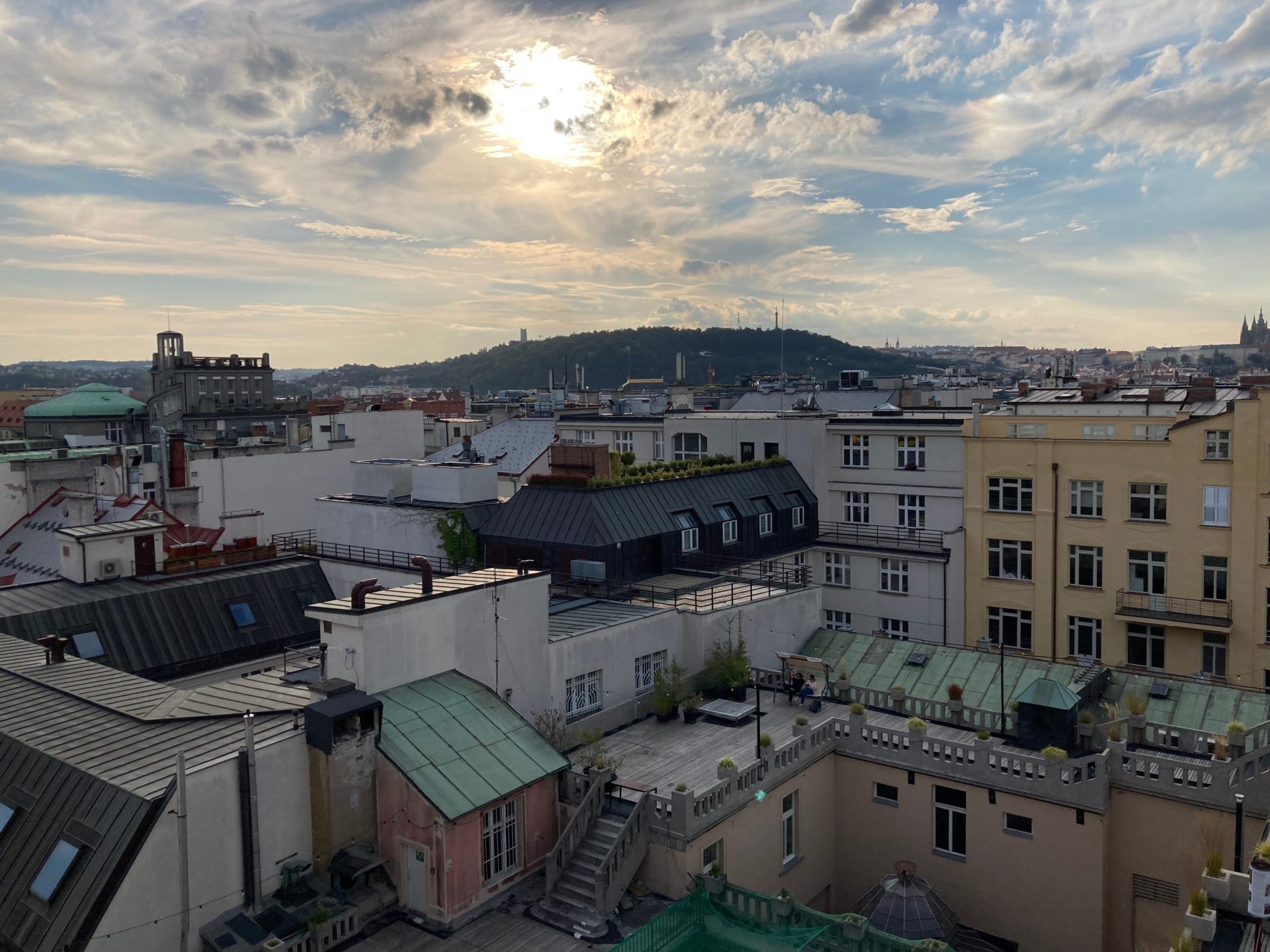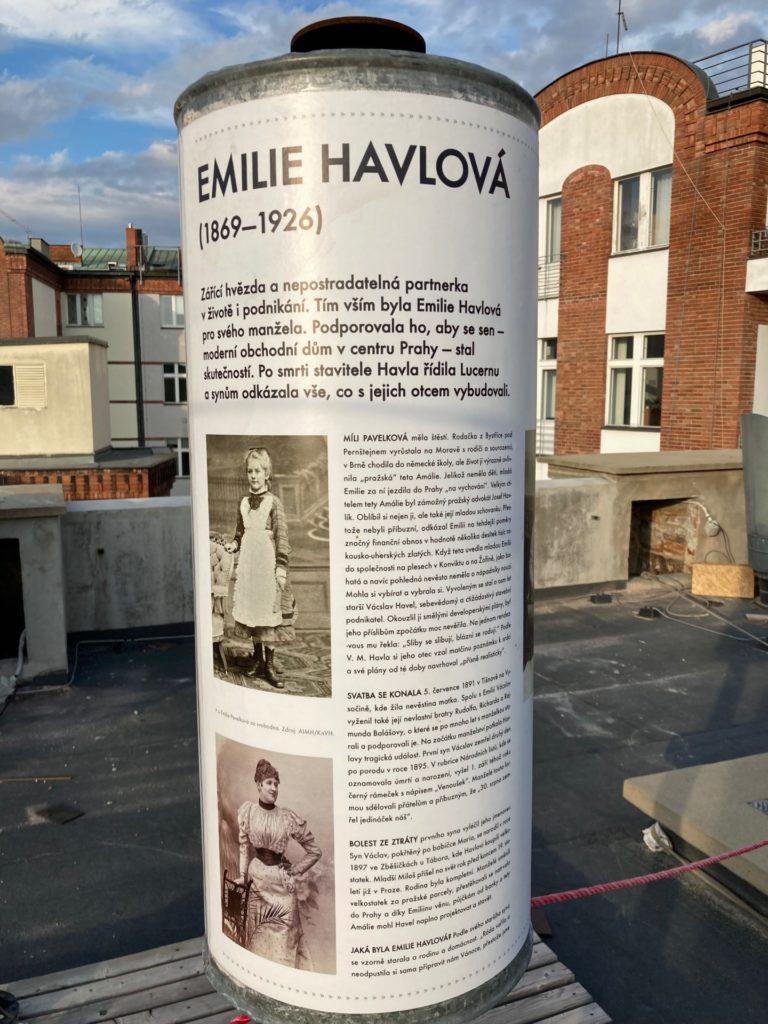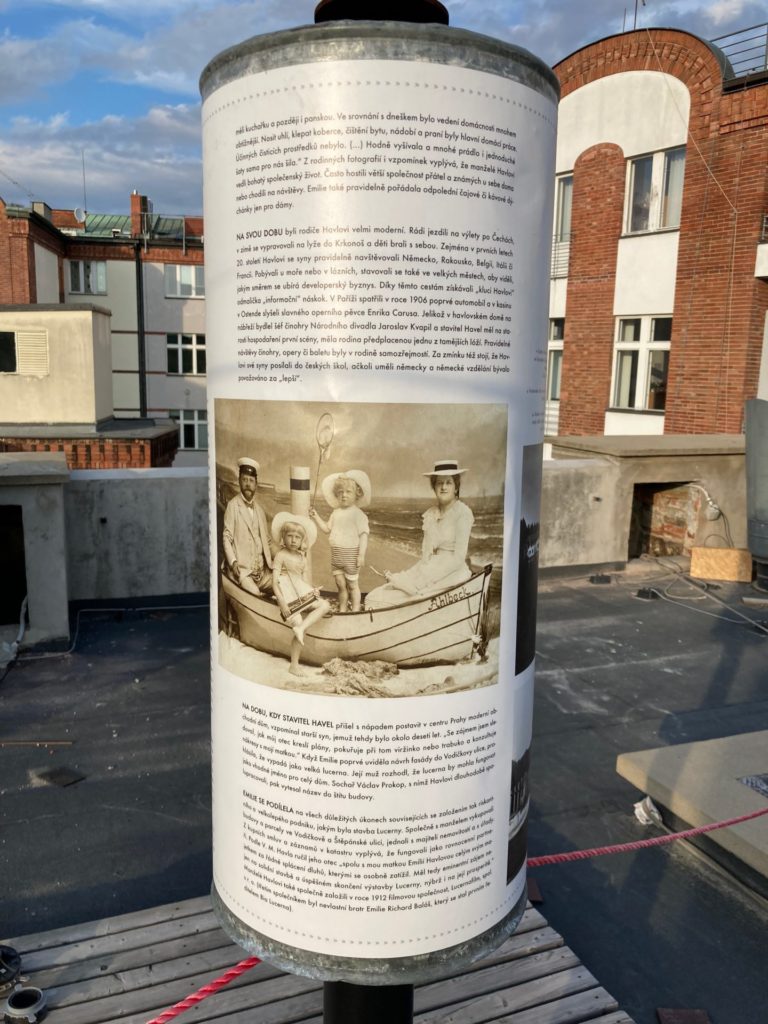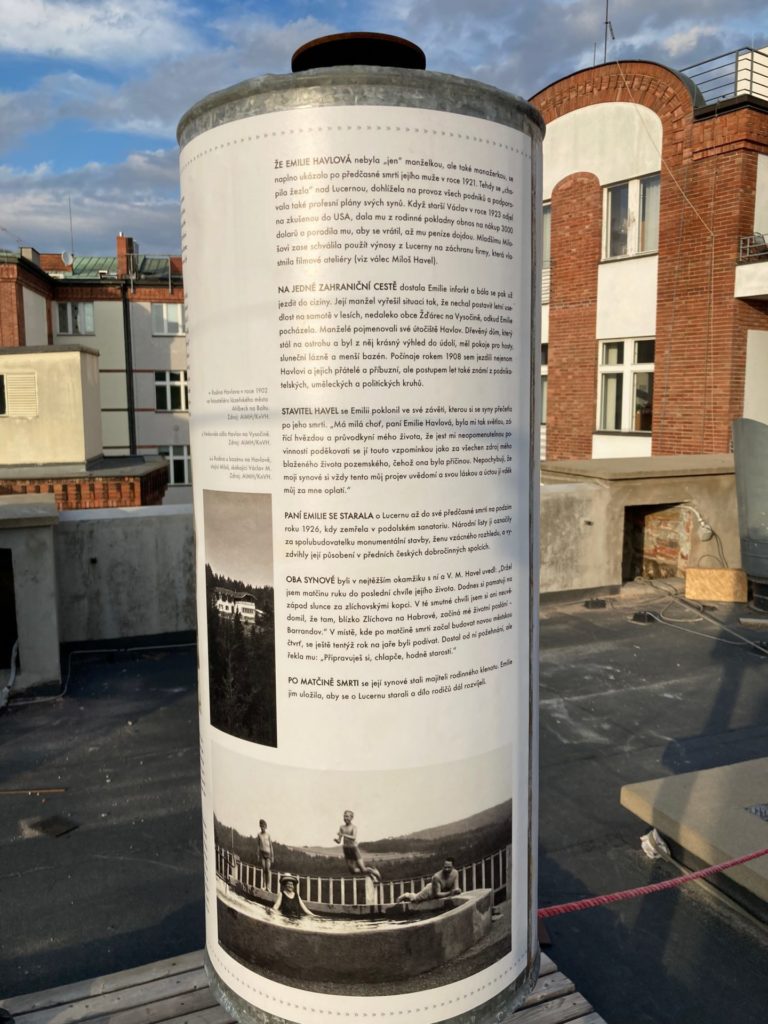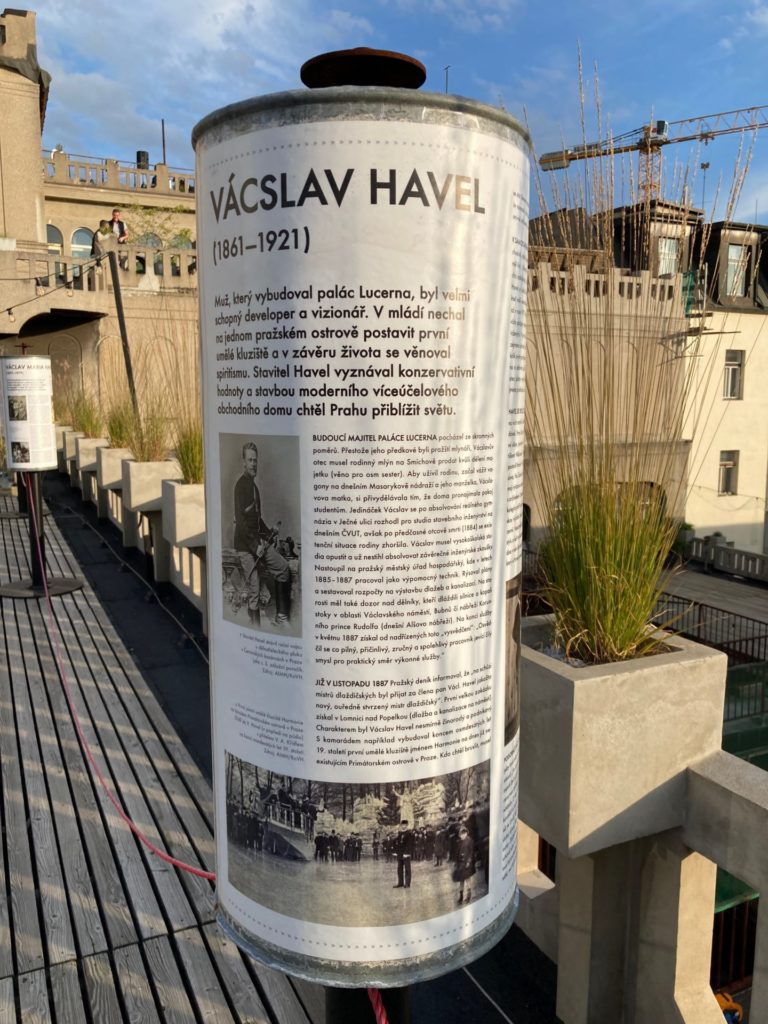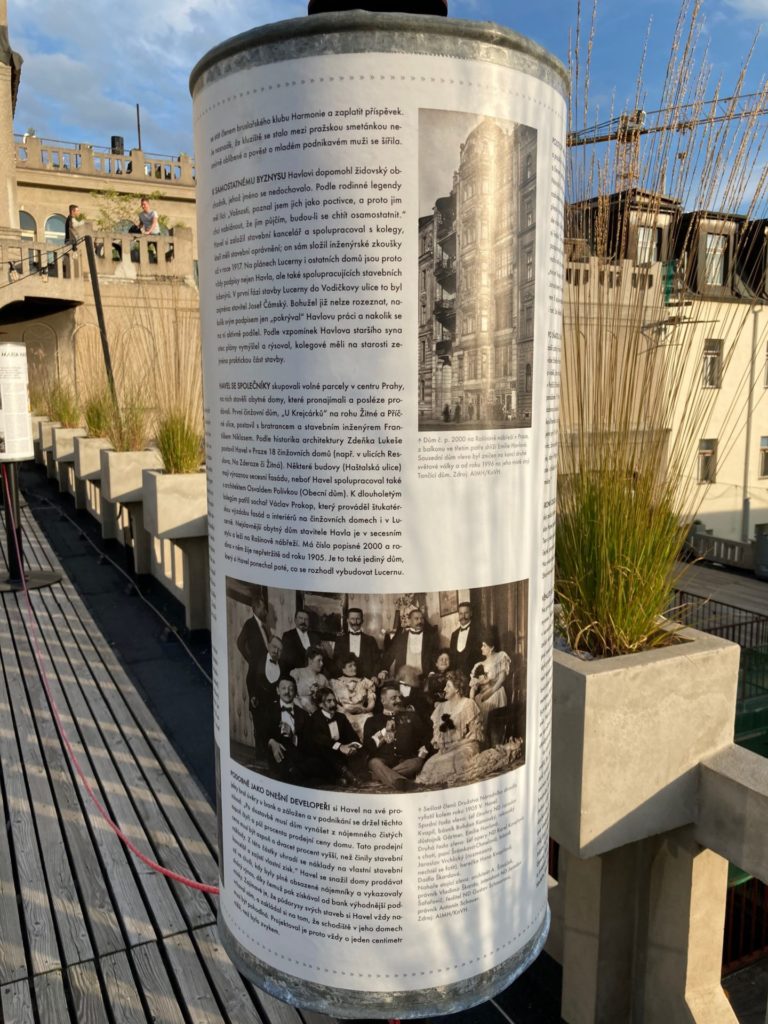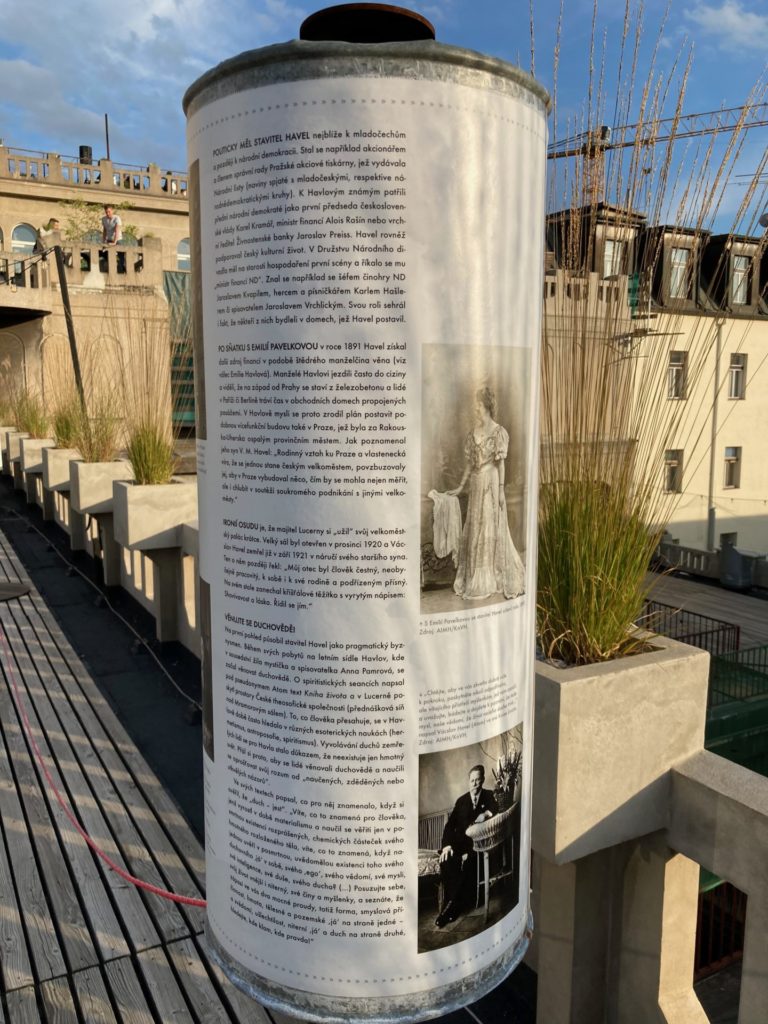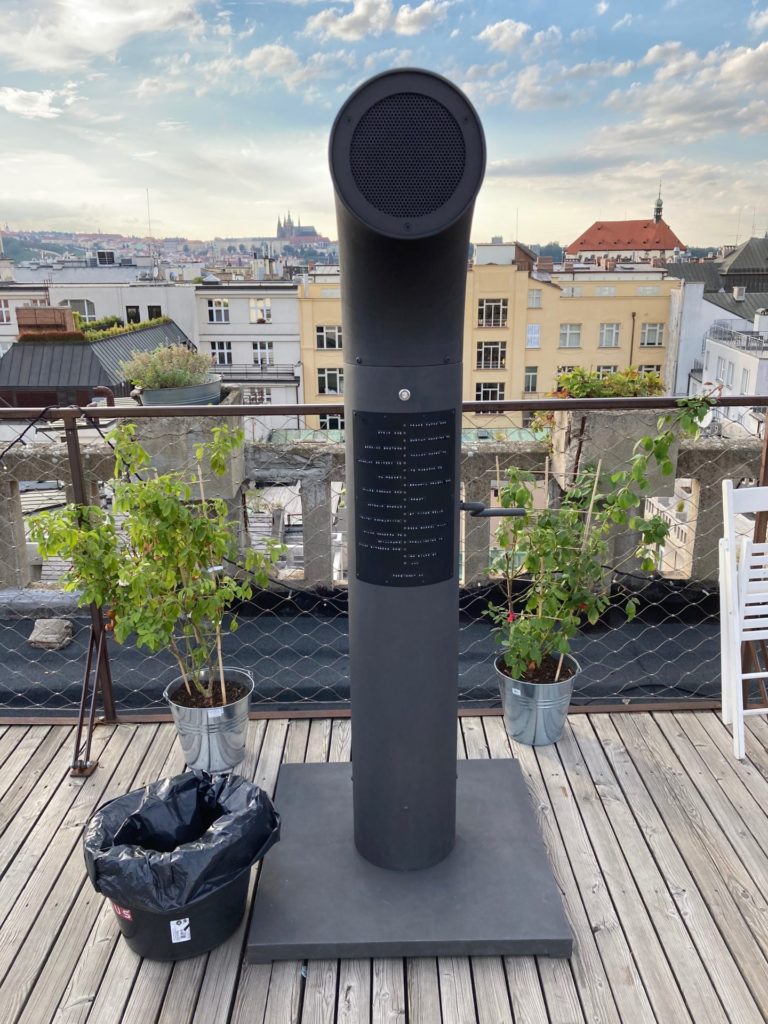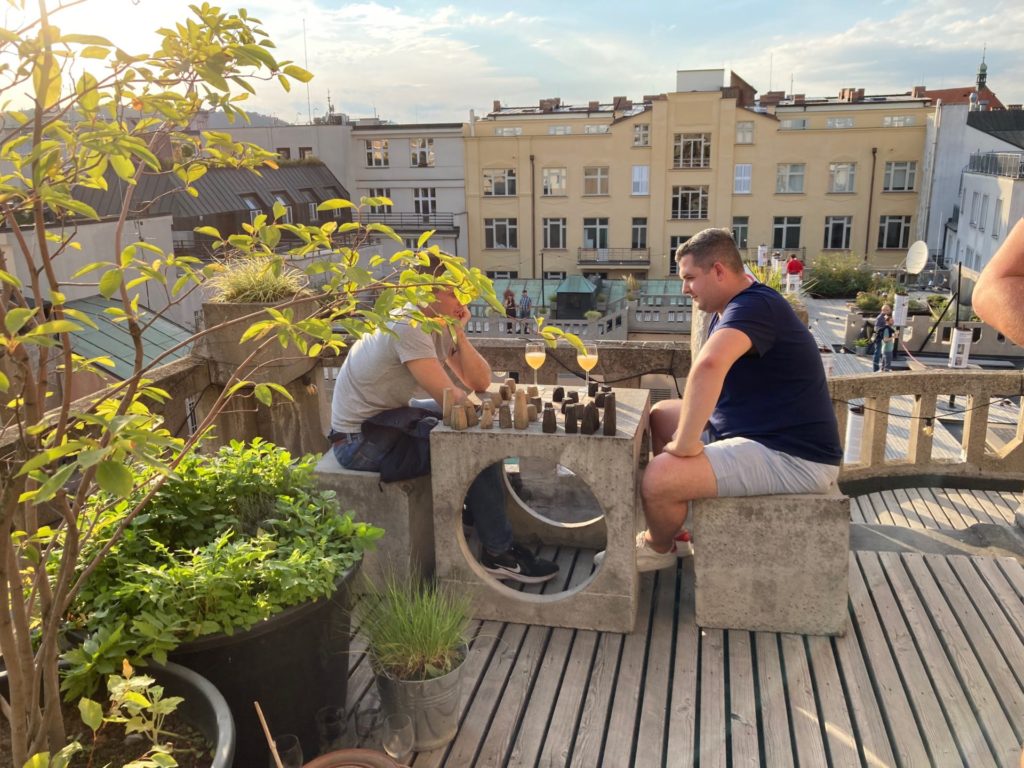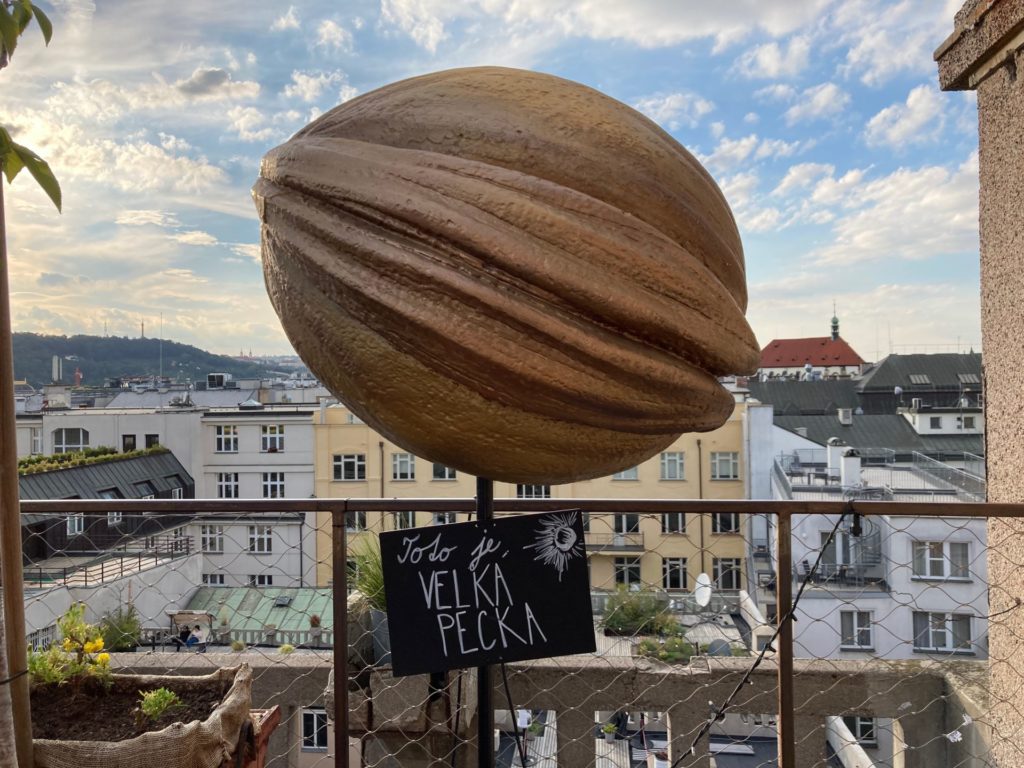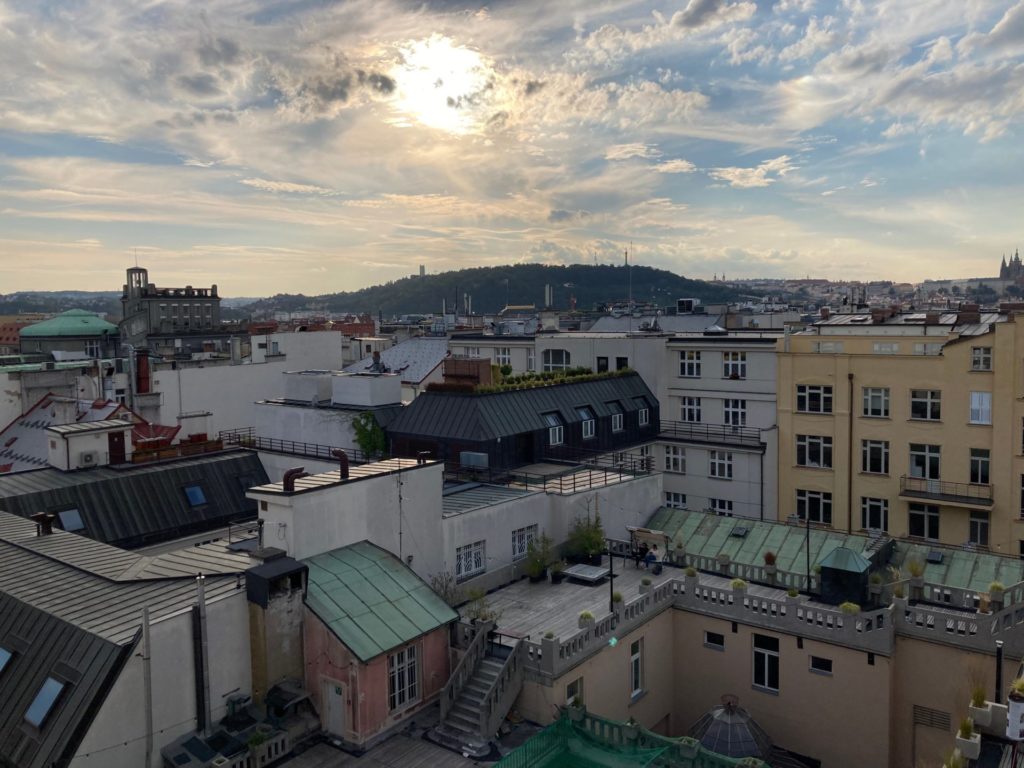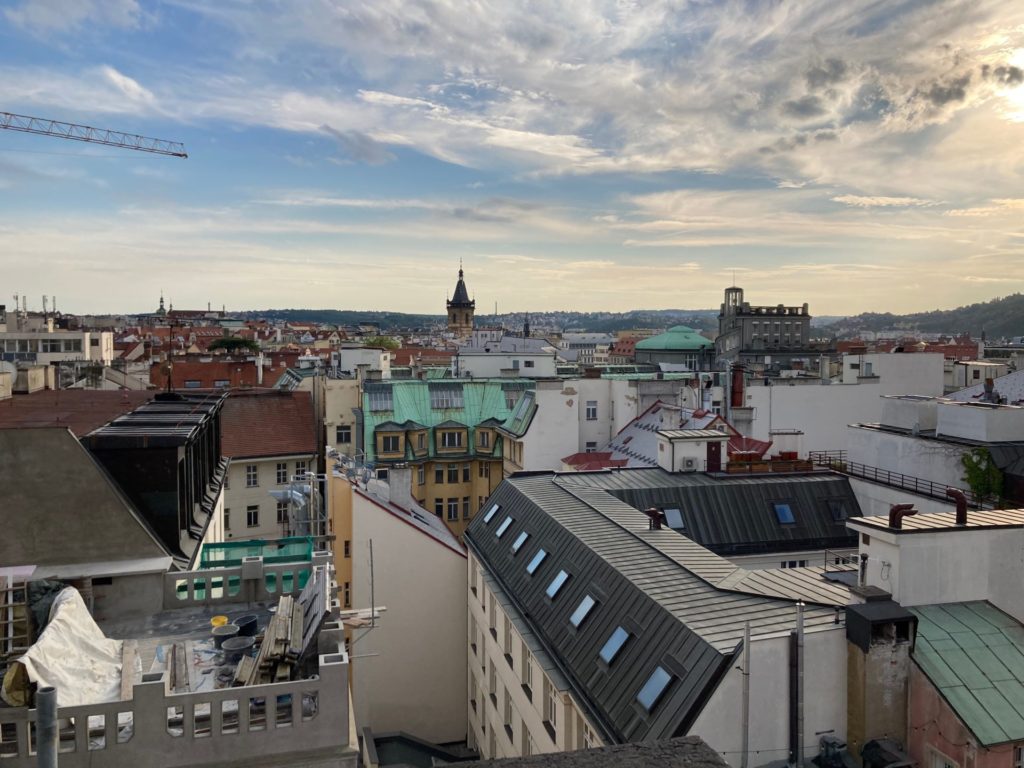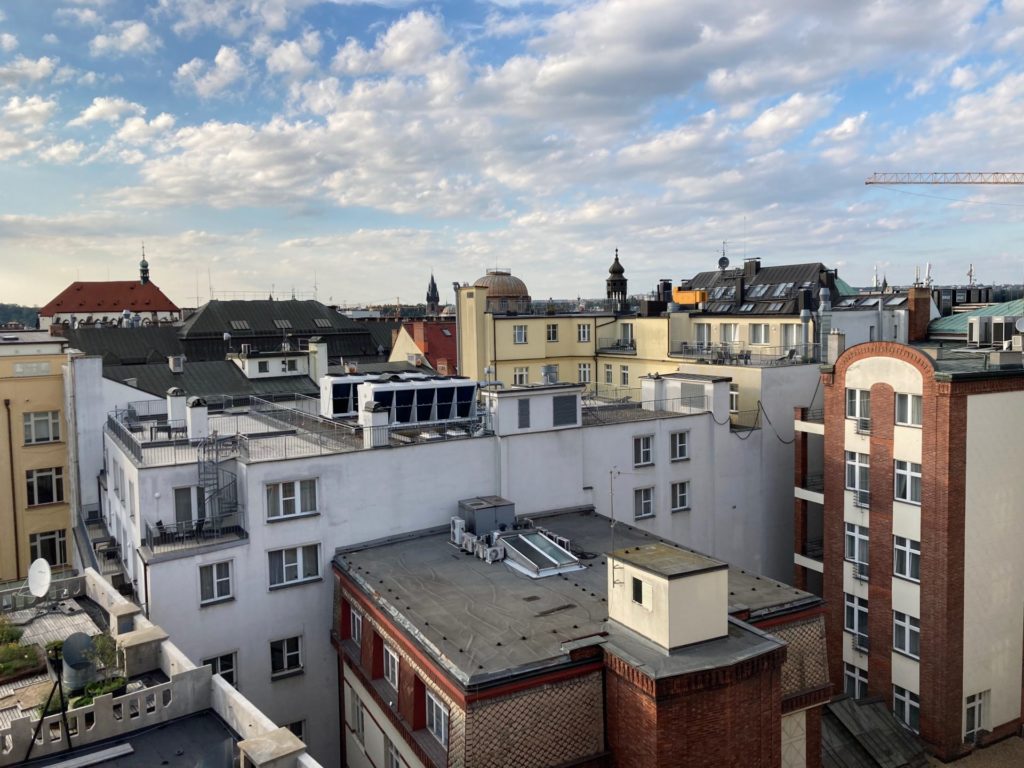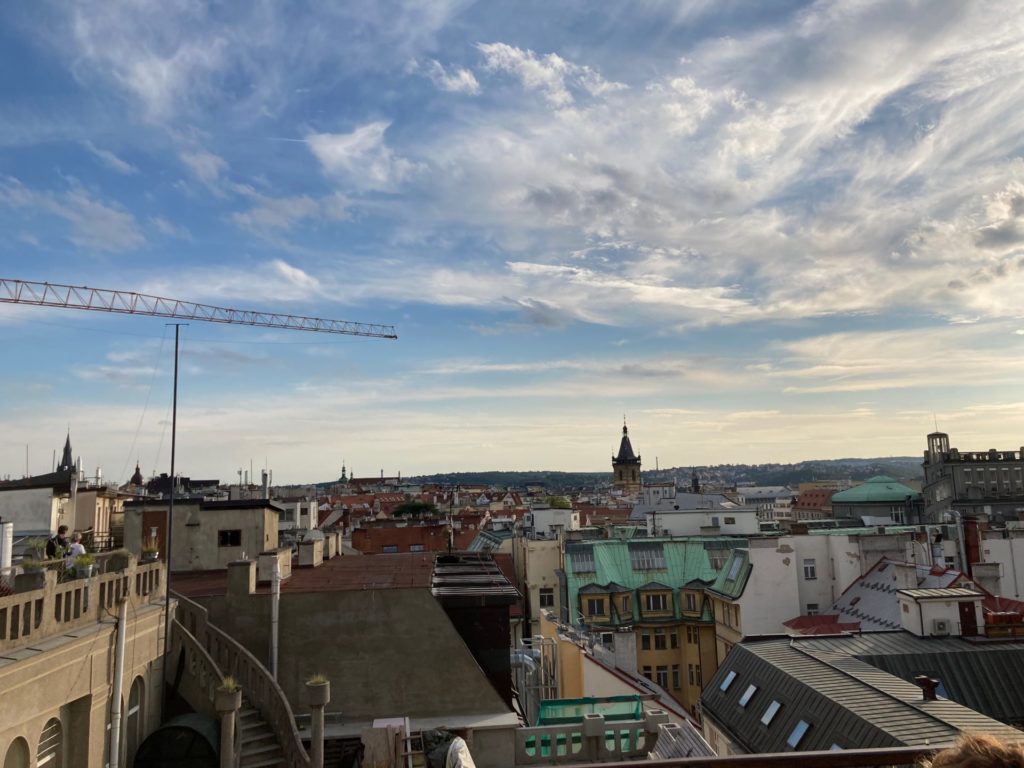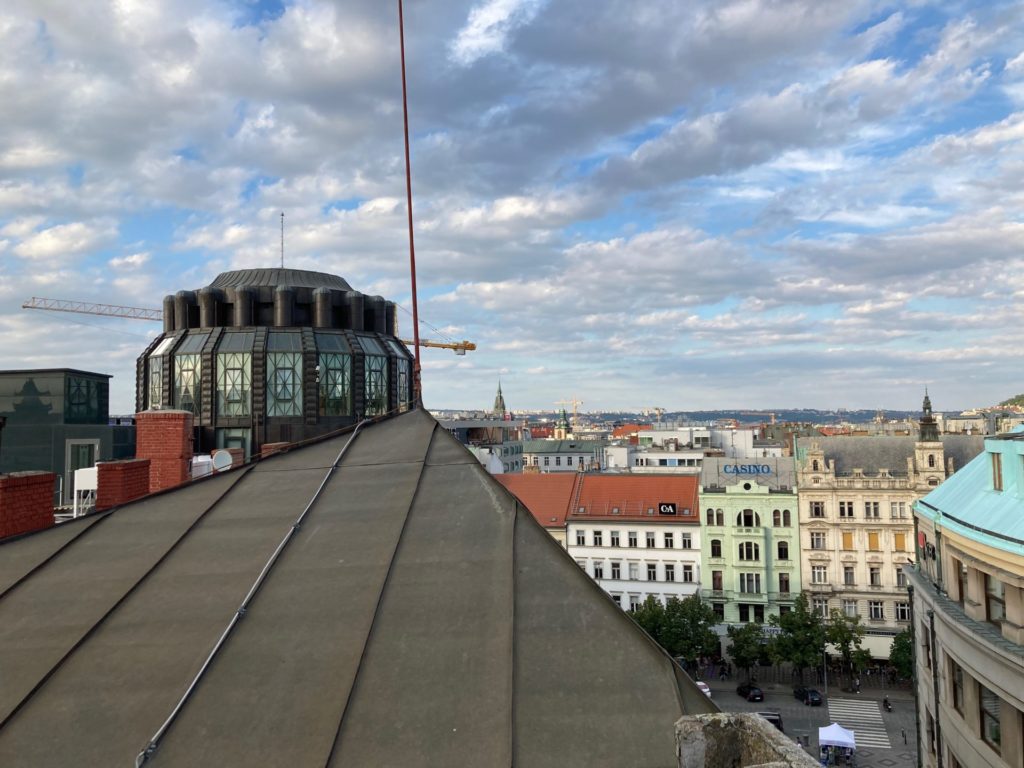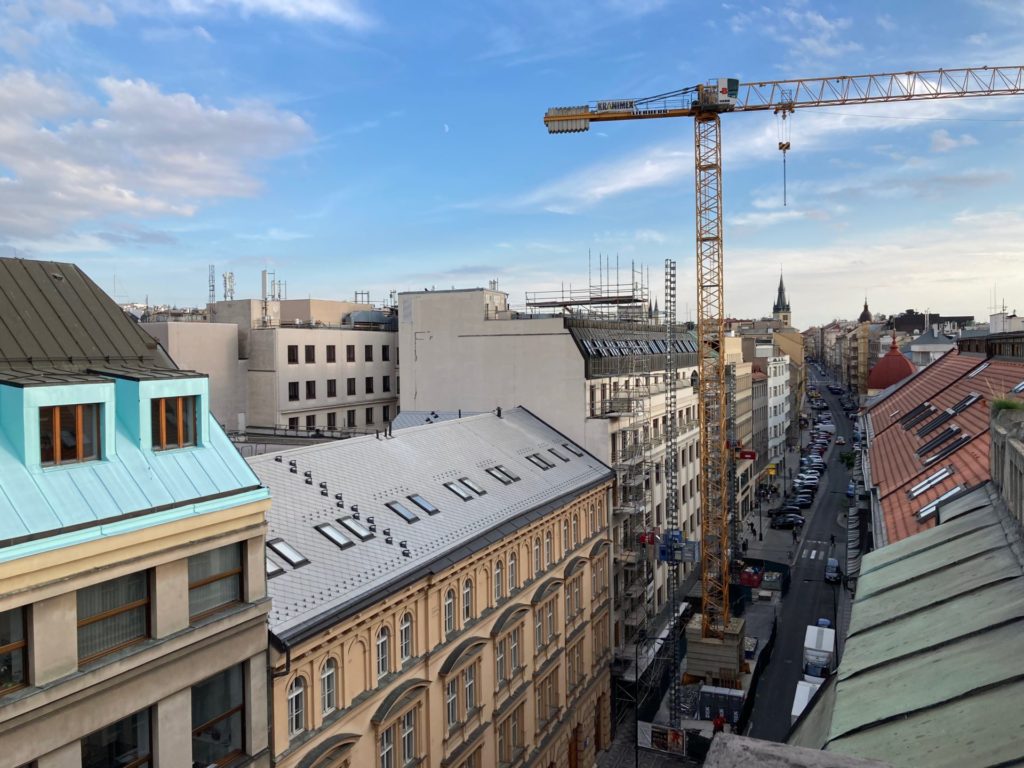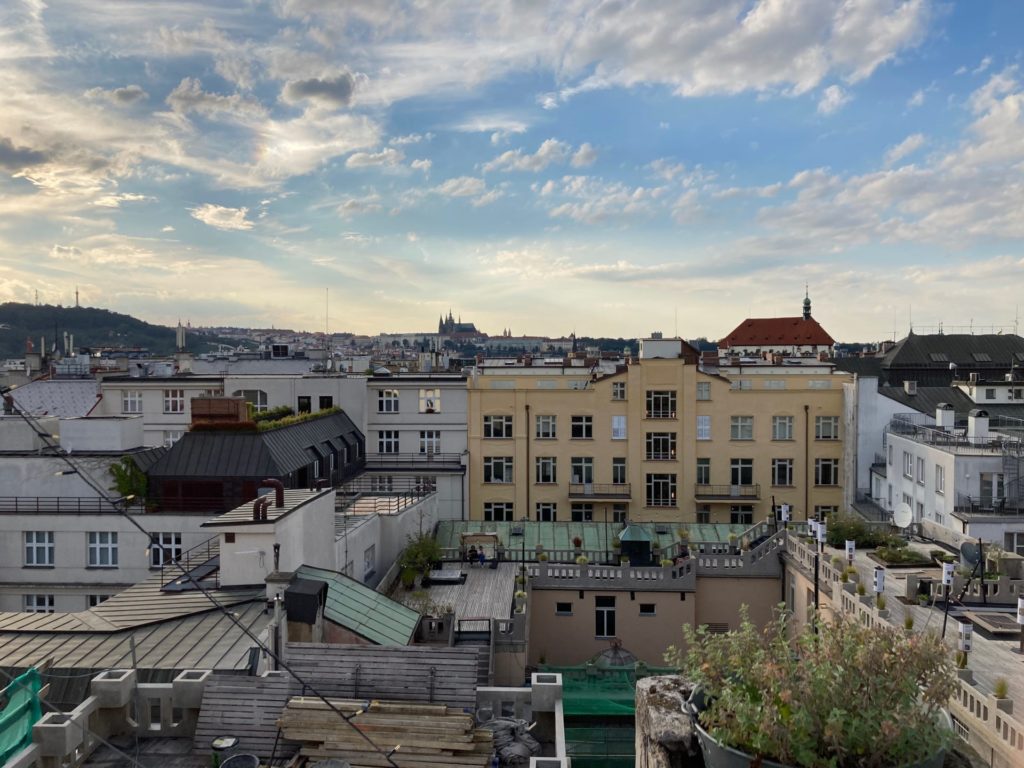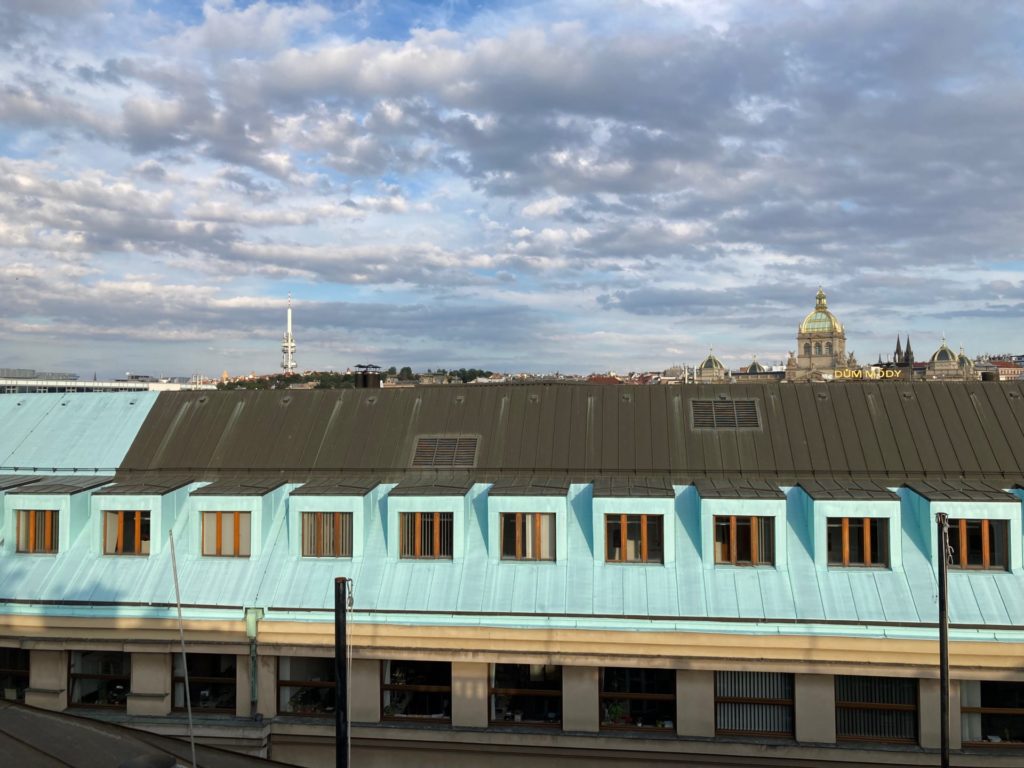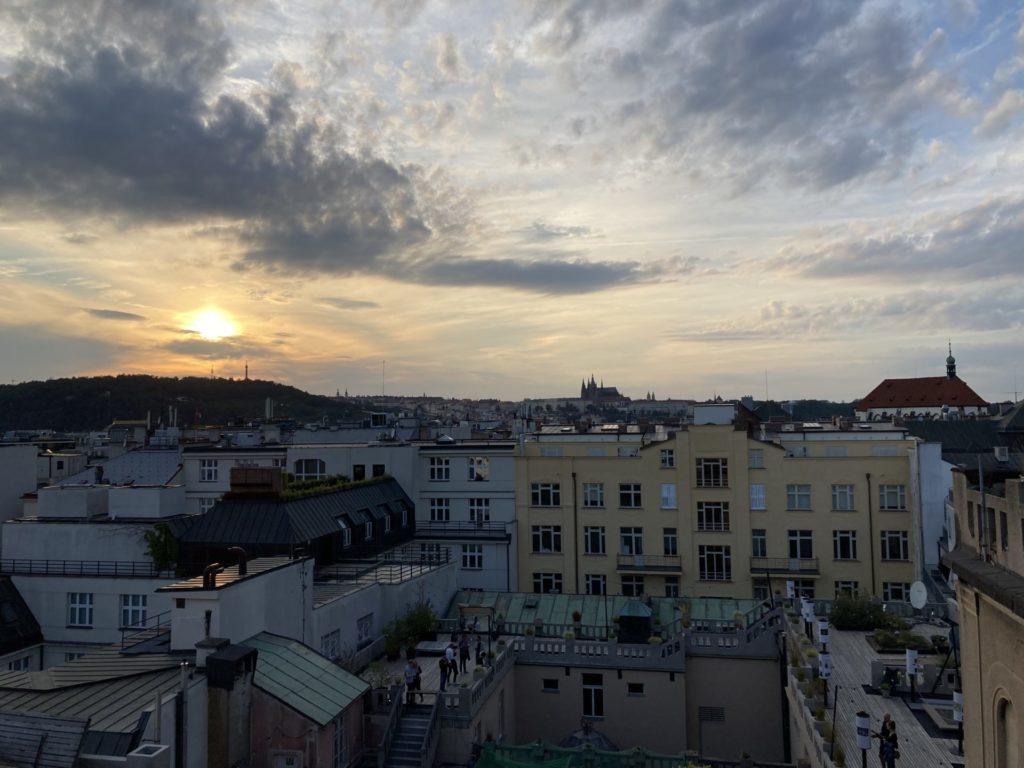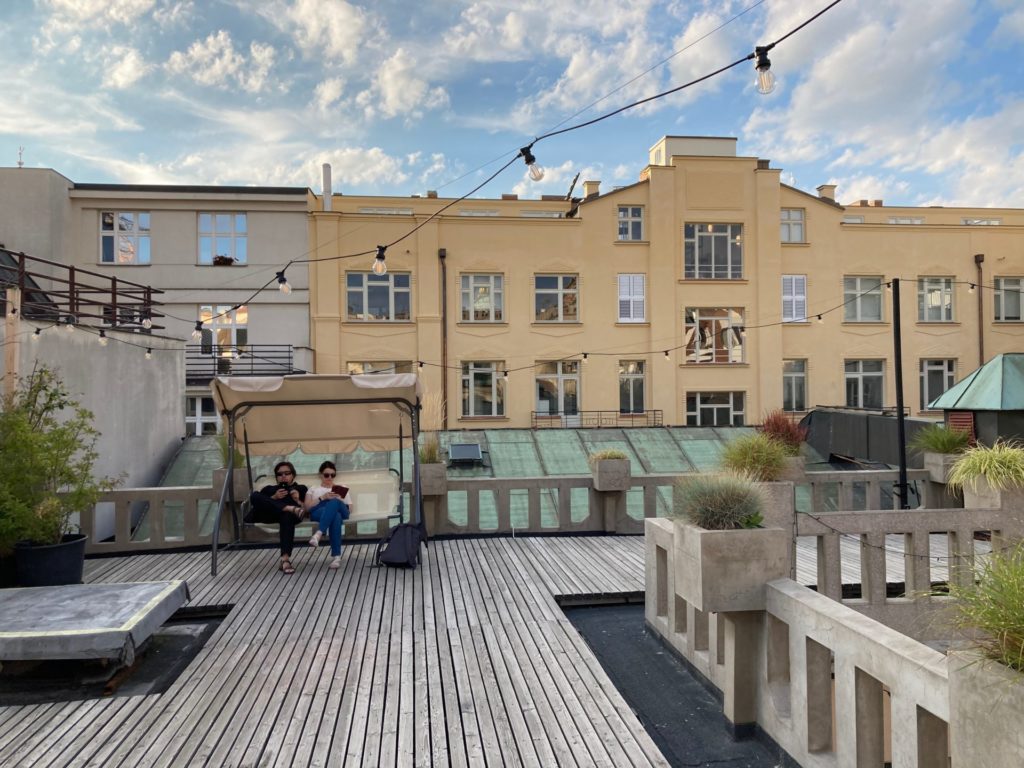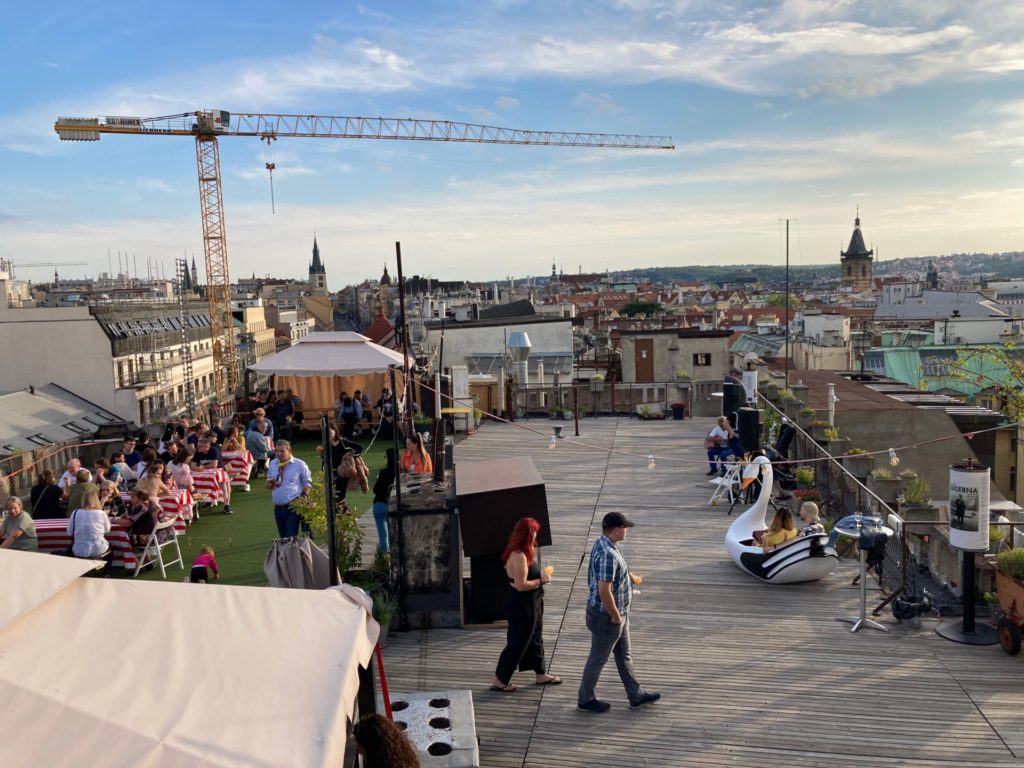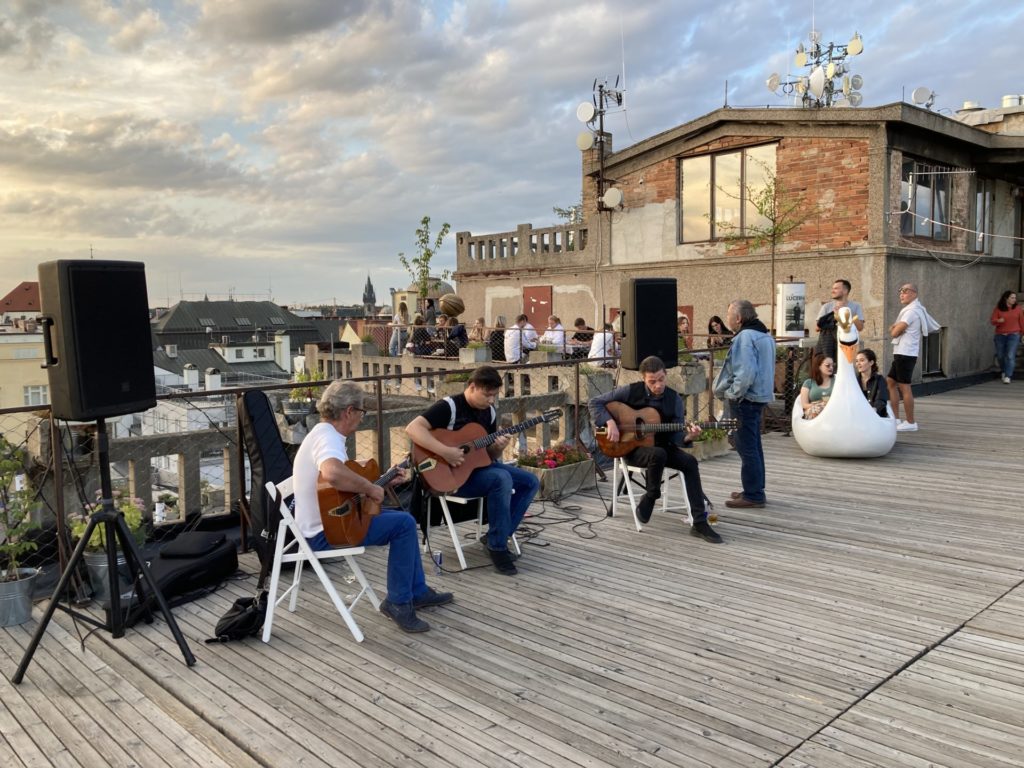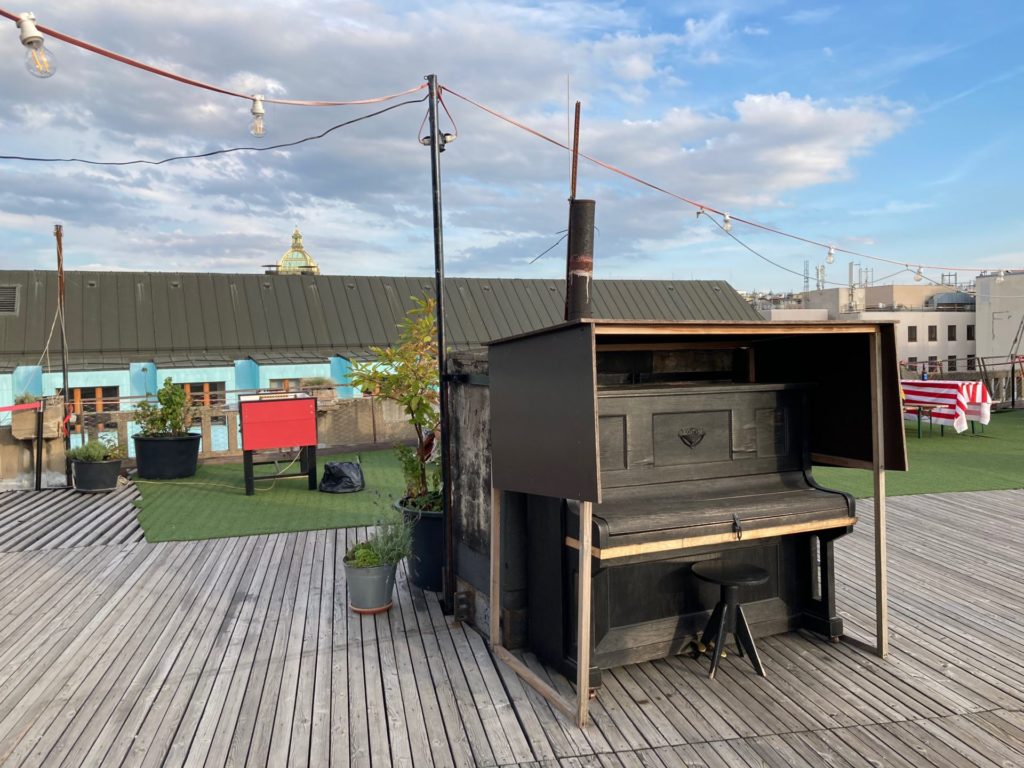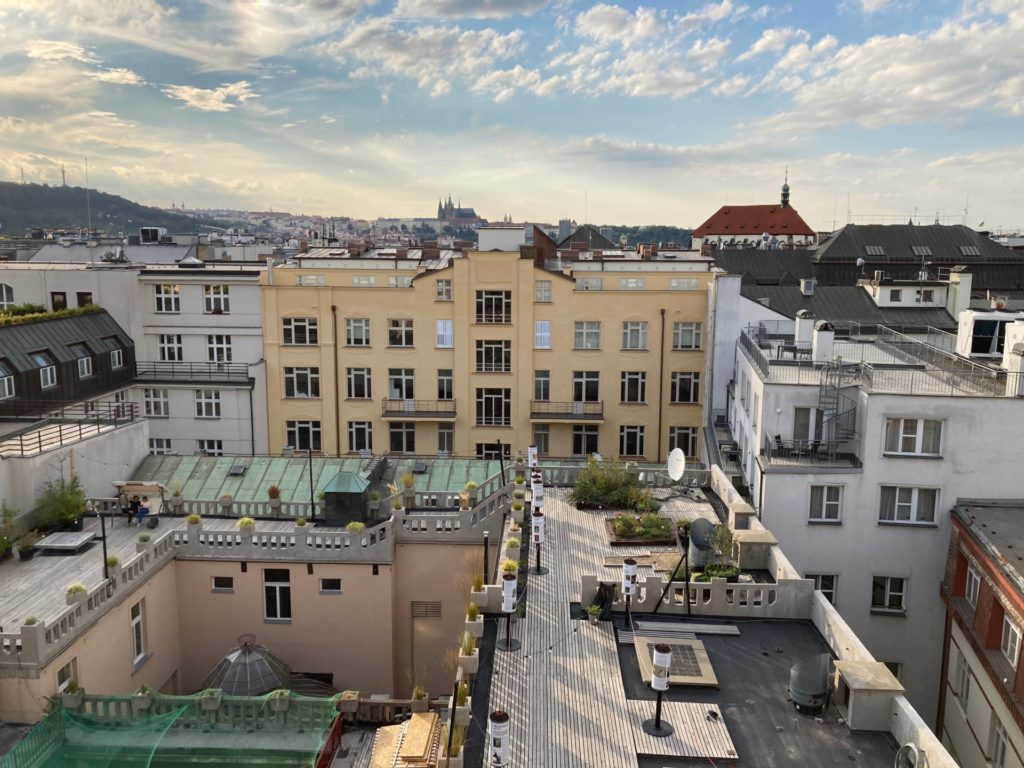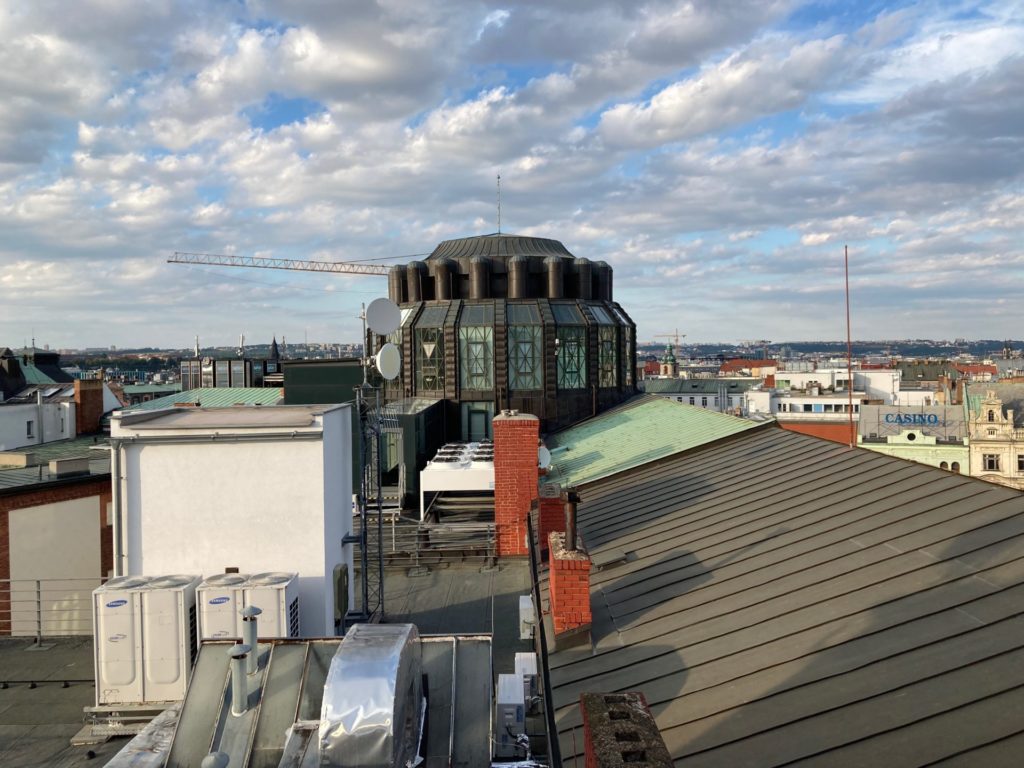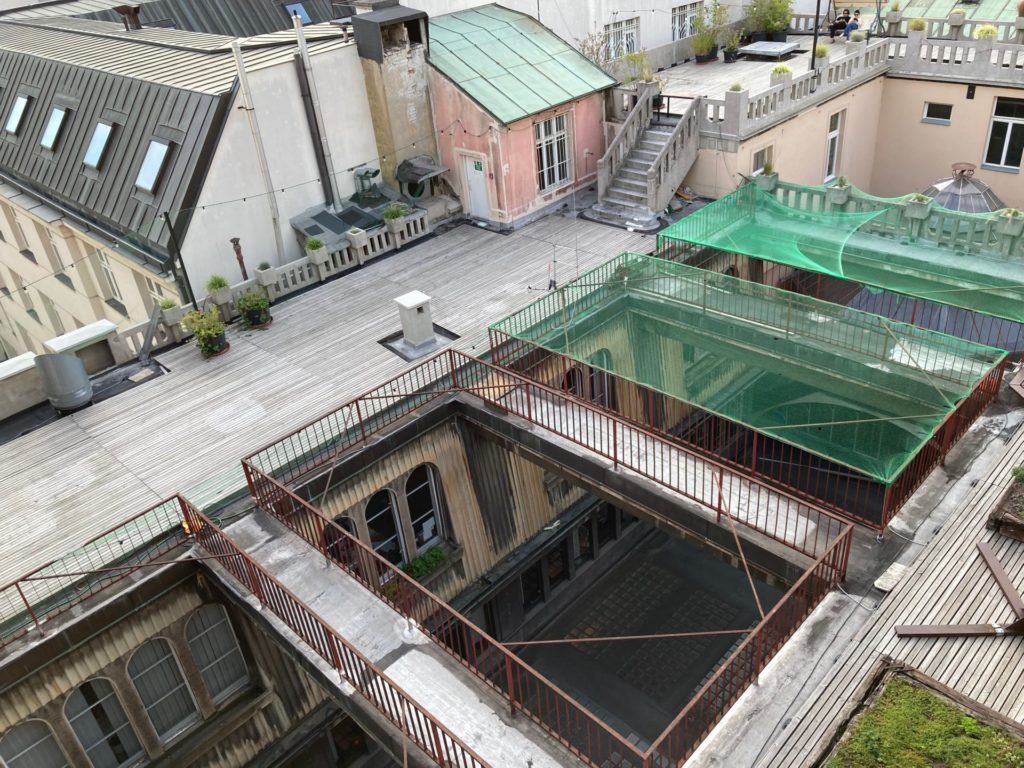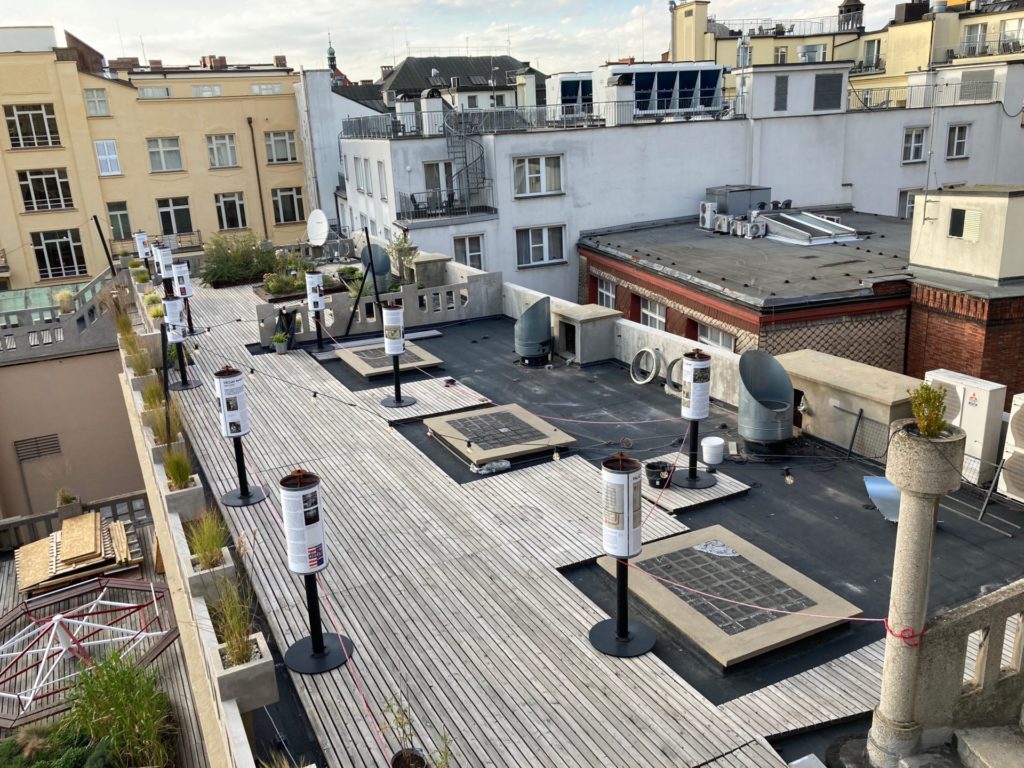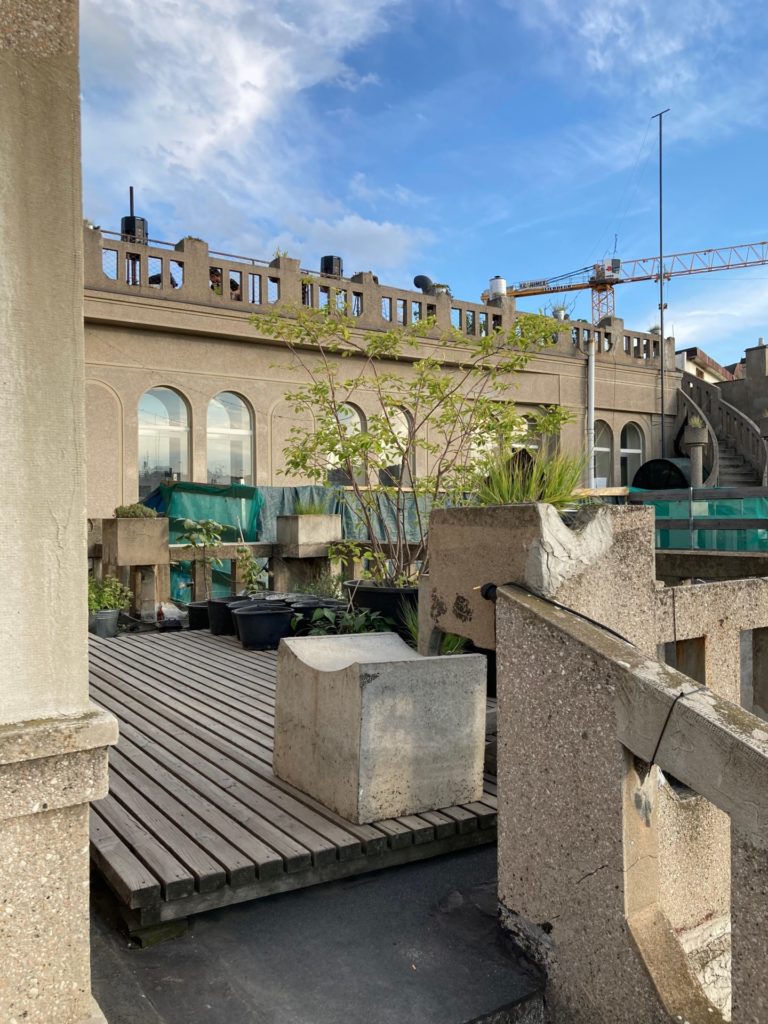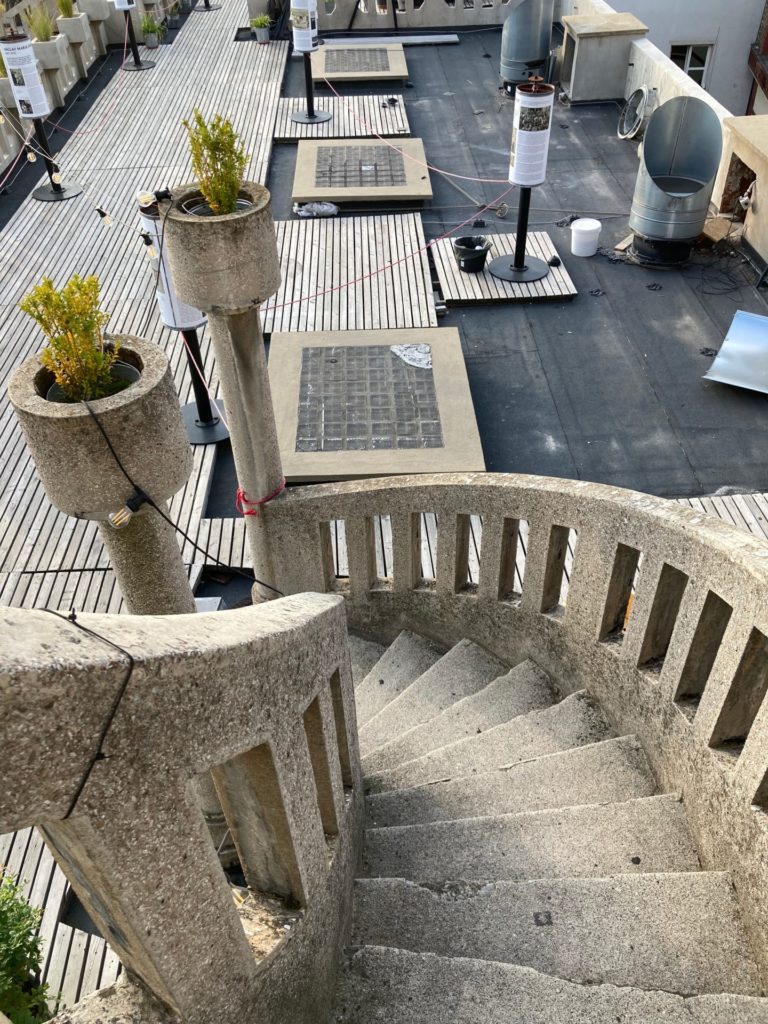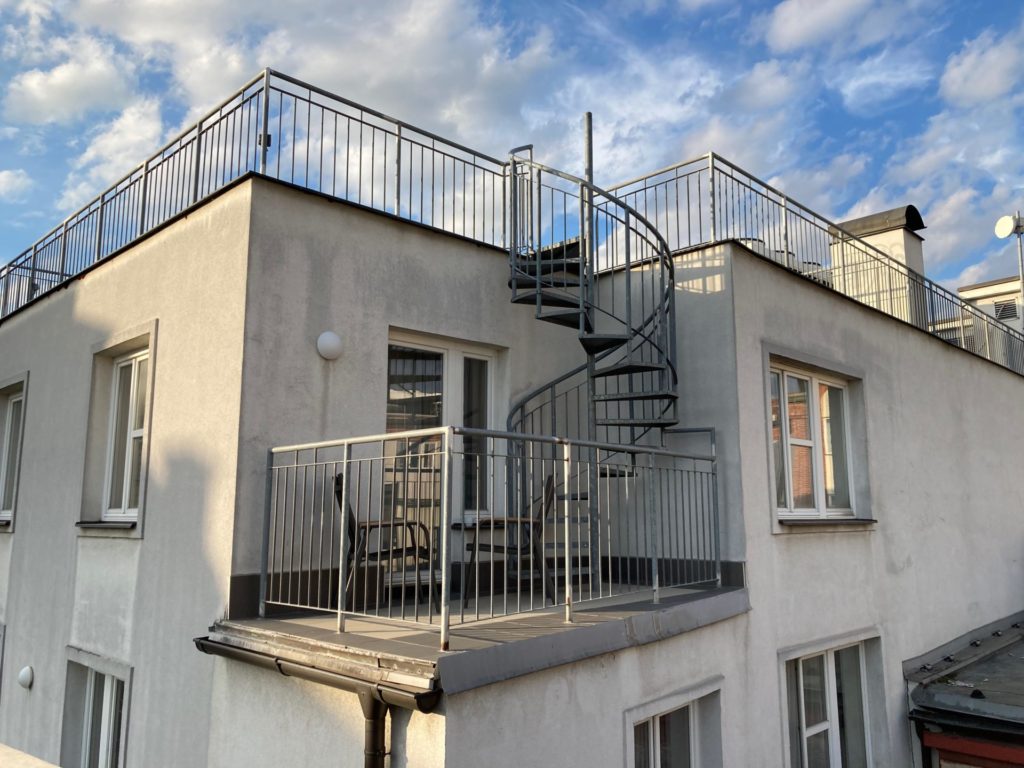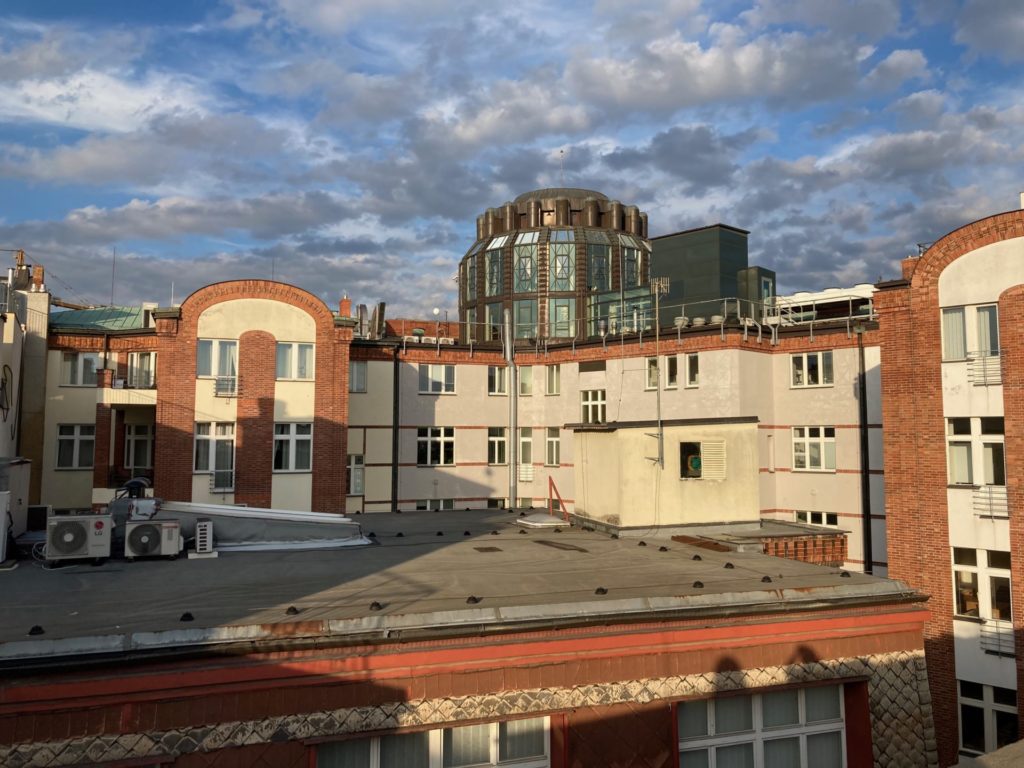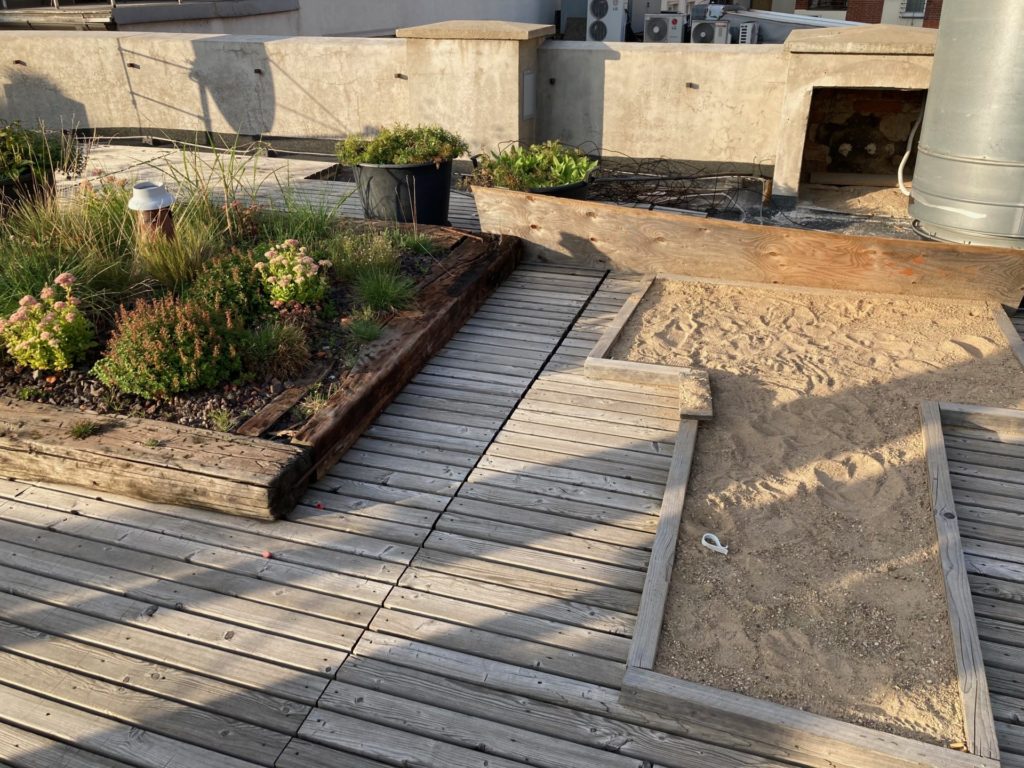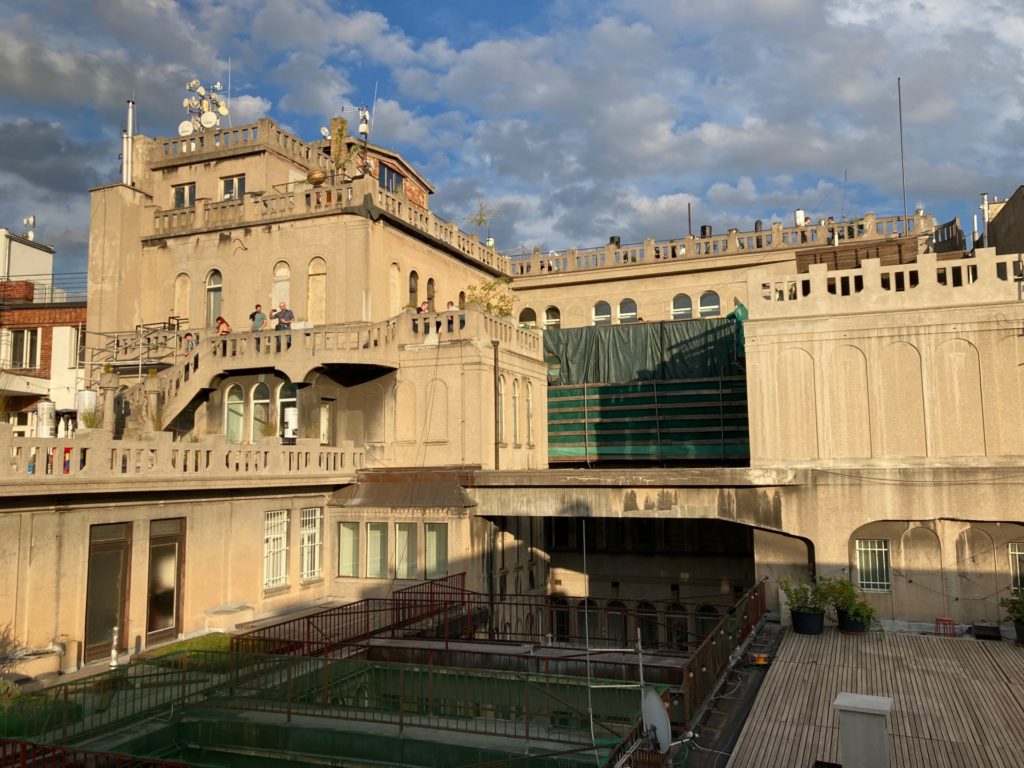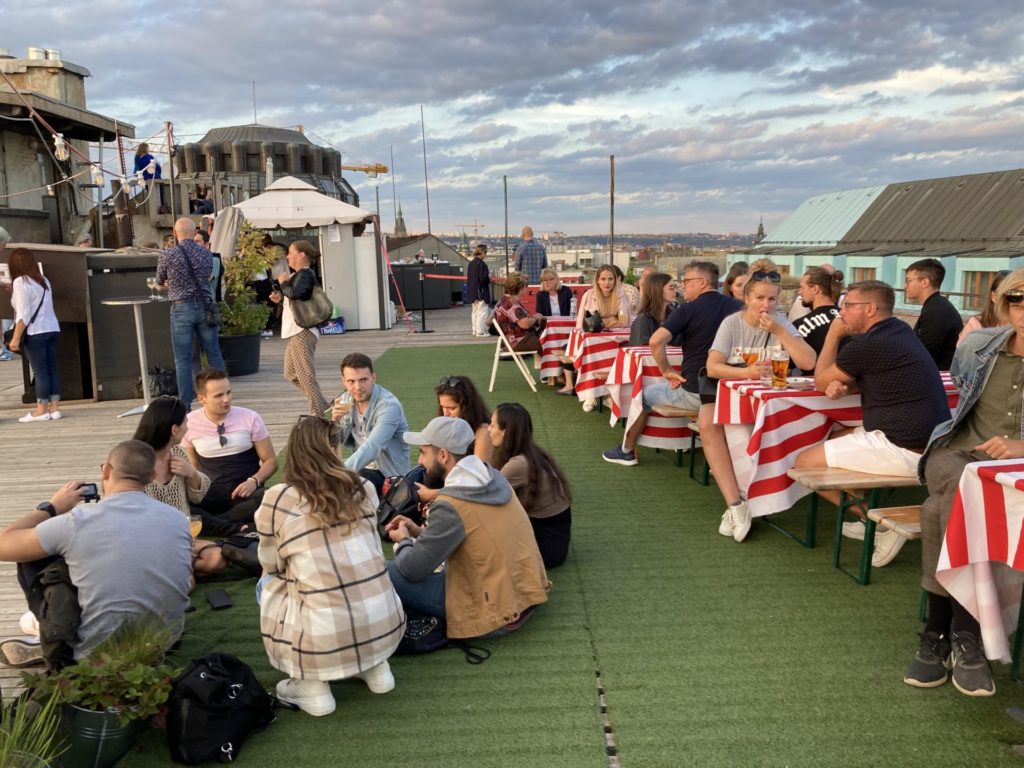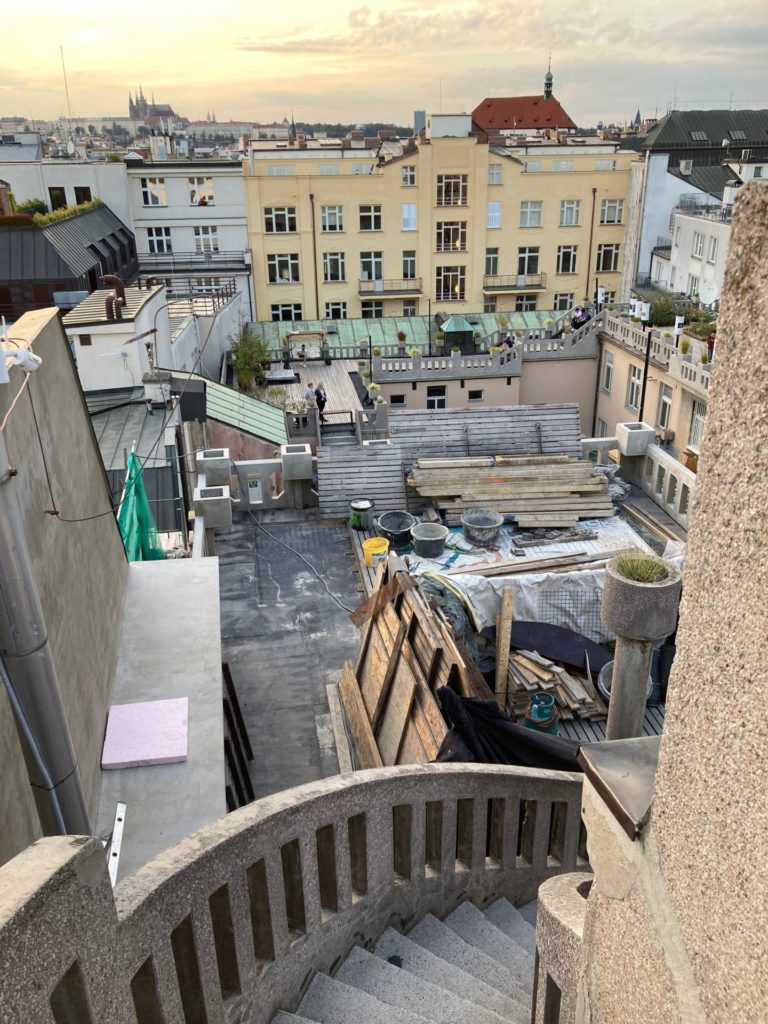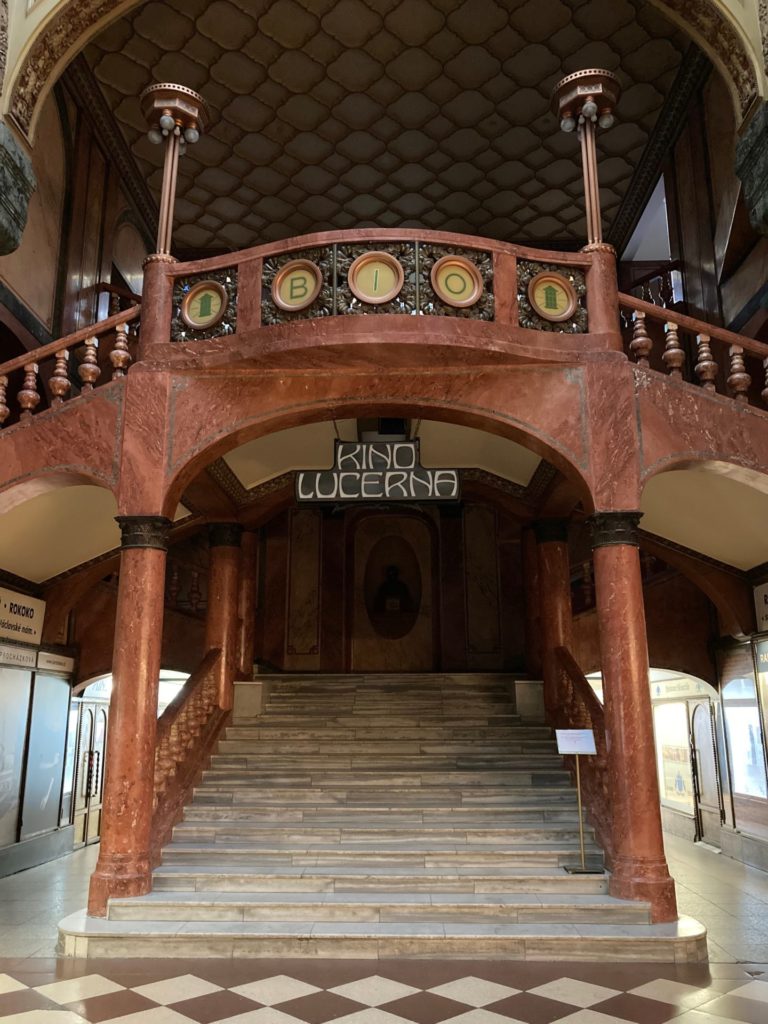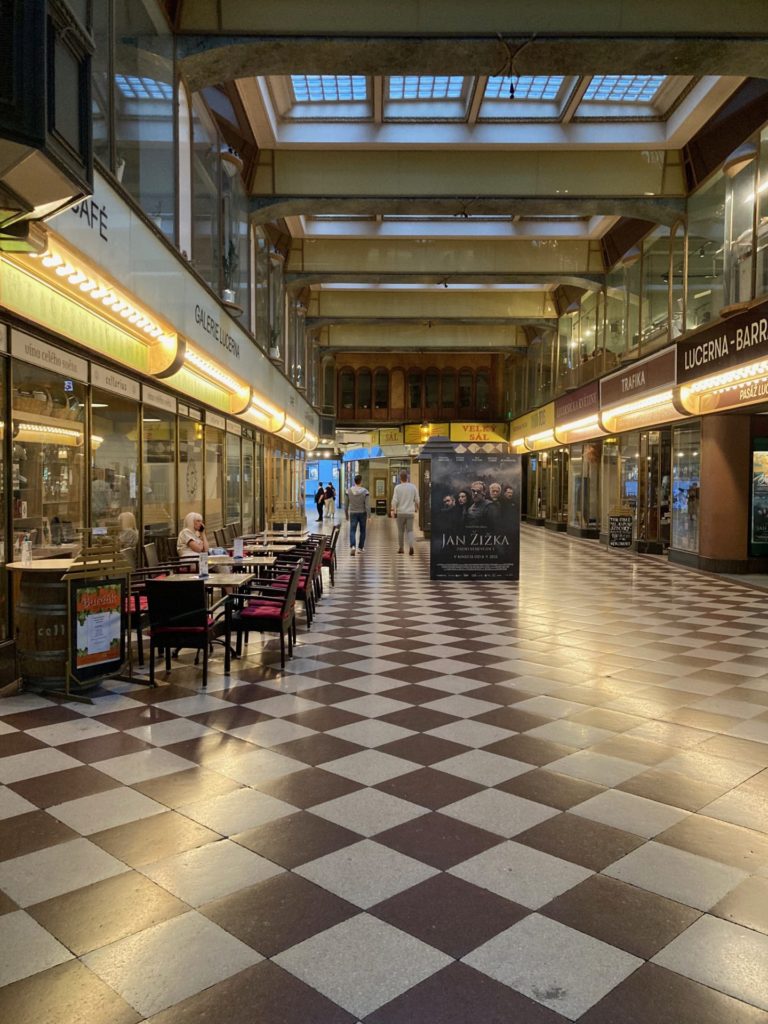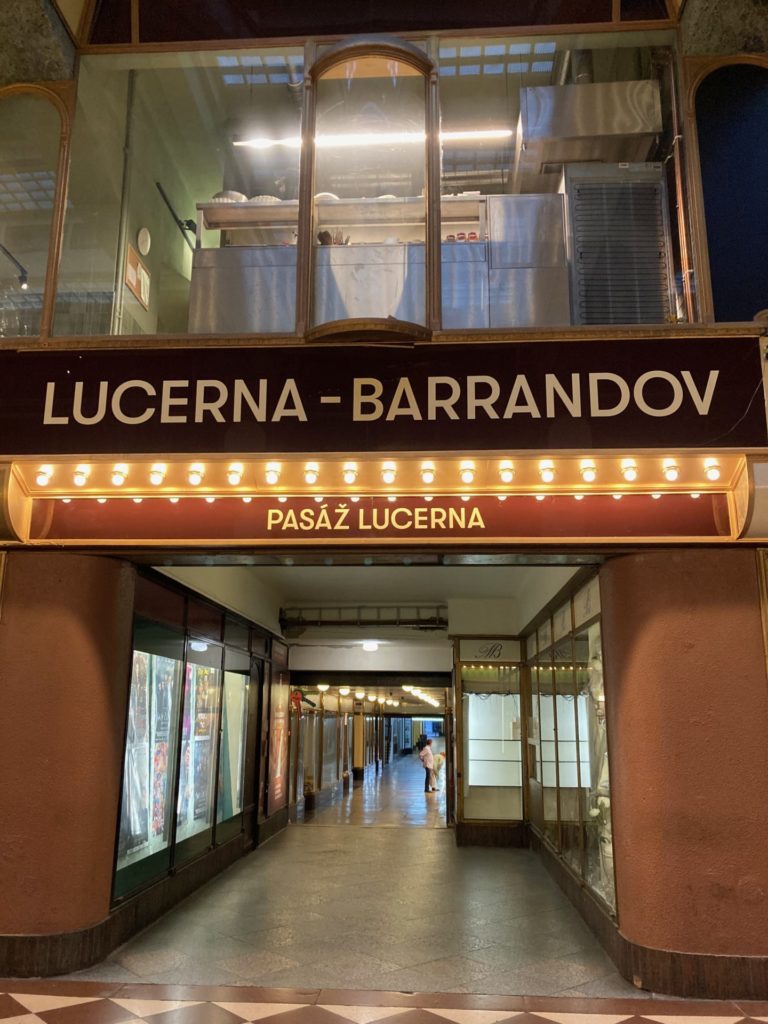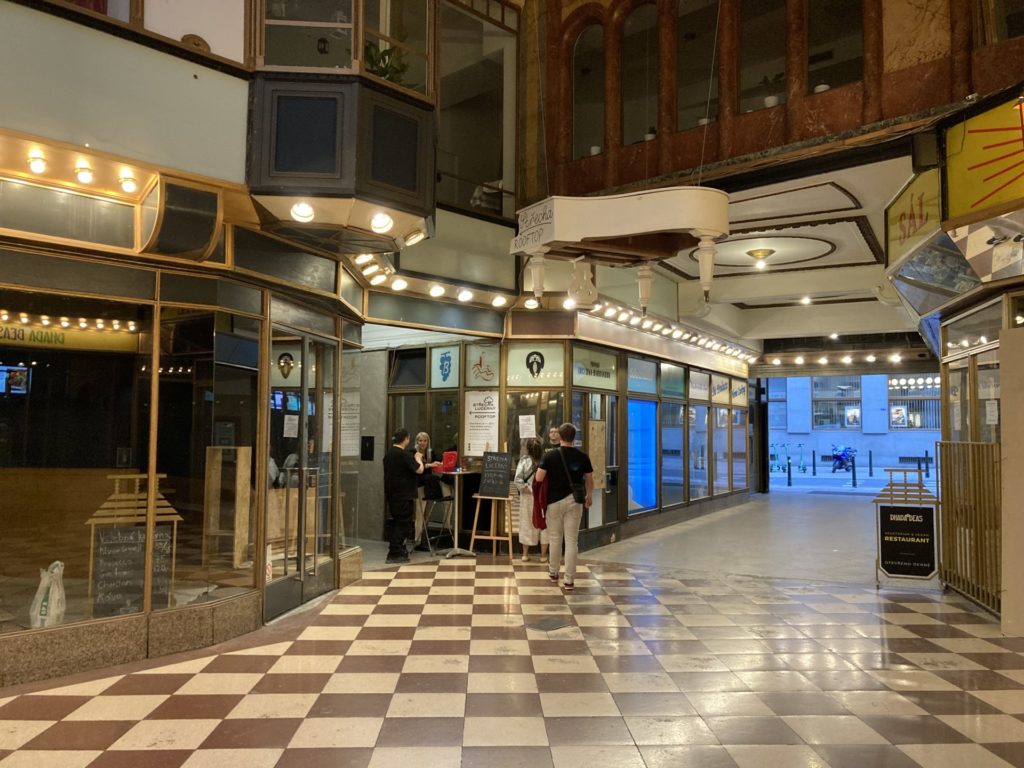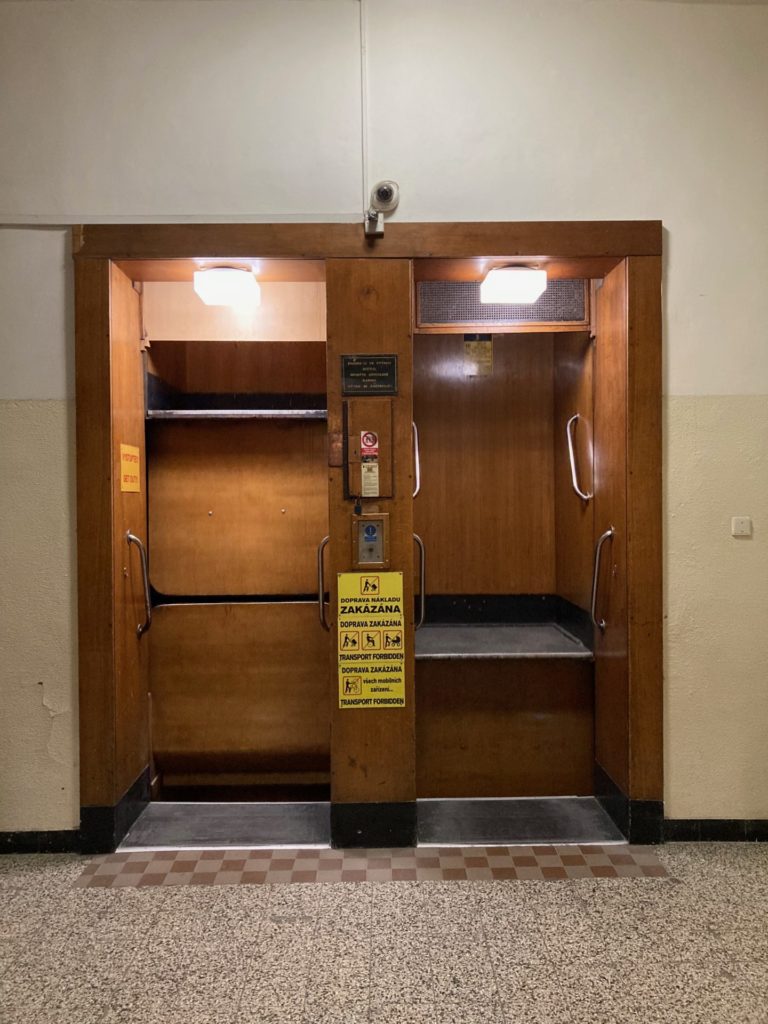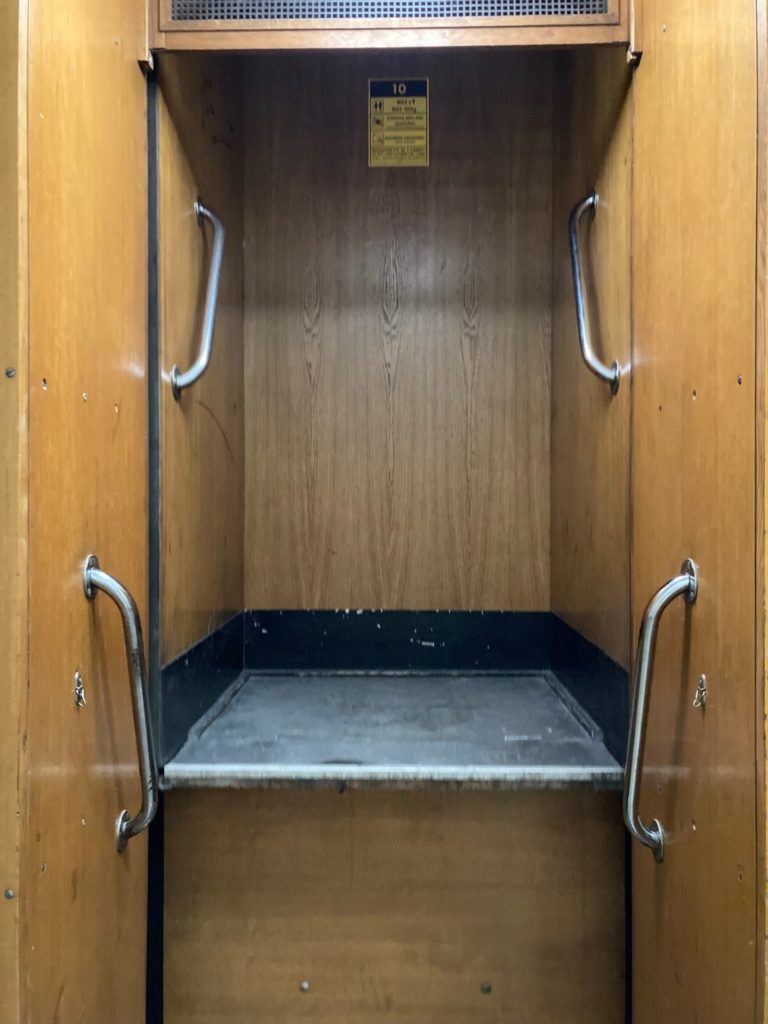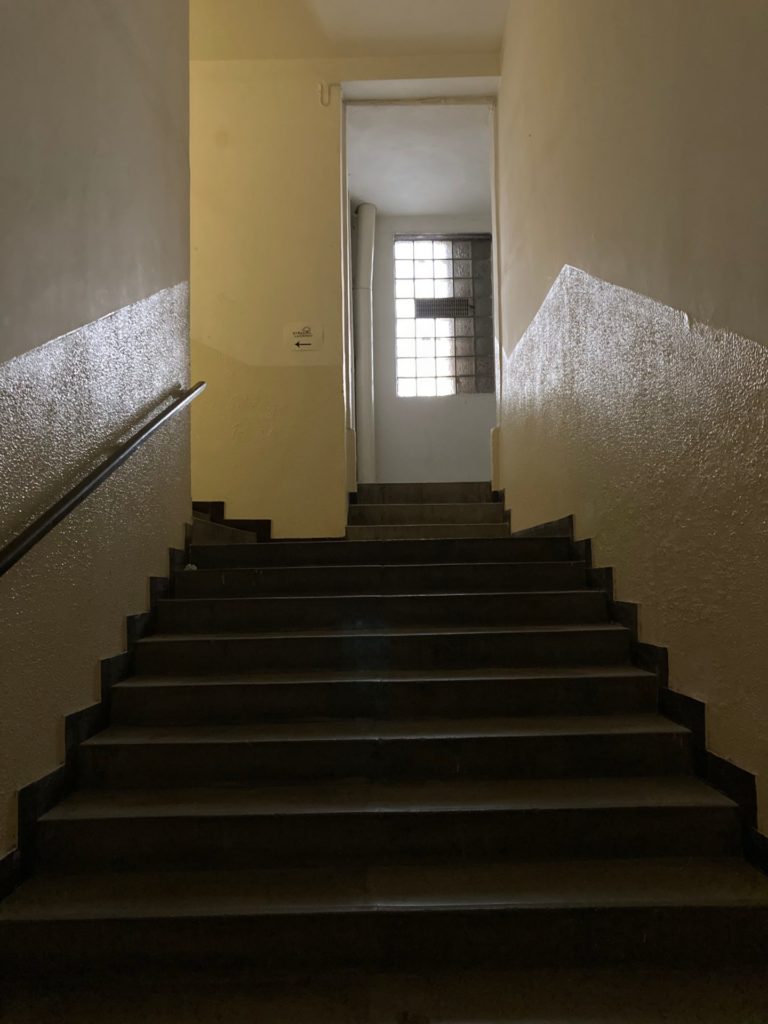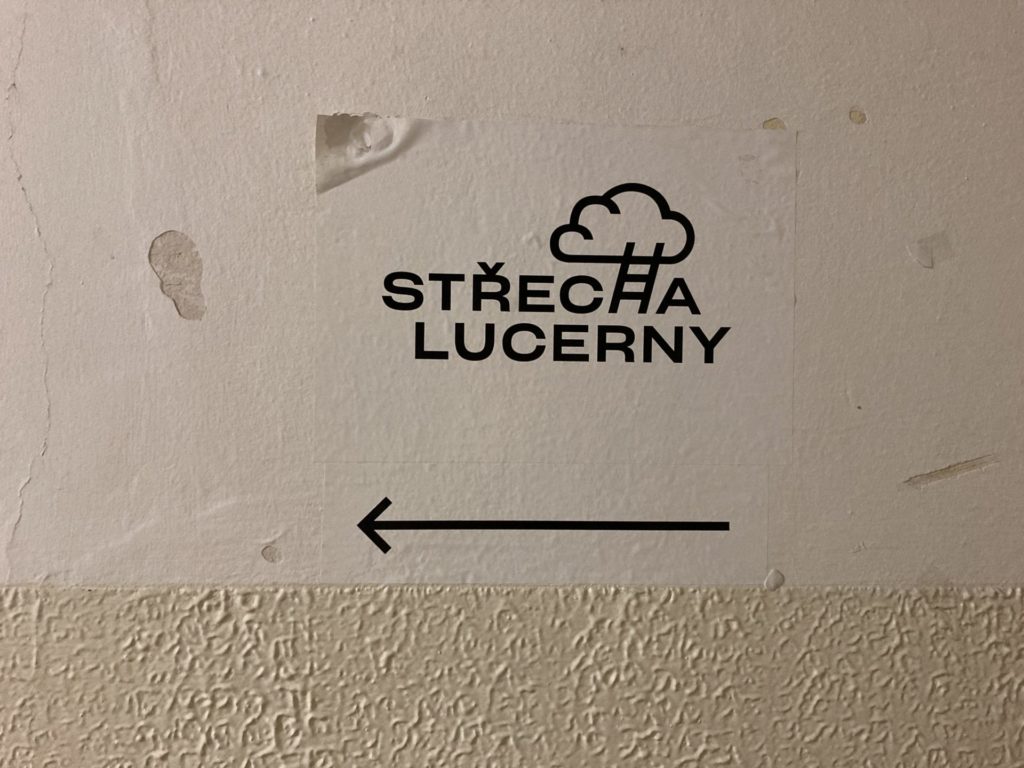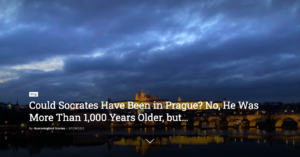Let’s be honest – anyone who hasn’t spent at least one evening in the Great Hall of the Lucerna Palace can’t say they know Prague. Anyone who does not know what it is like to spend several hours with a sweaty shirt or dress stuck to the body and then go out into the street at midnight into cold and damp autumn or freezing winter night has not experienced Prague in the full breadth of all emotions. An evening in Lucerna is simply an essential life experience, even if you were there only once in your life – and it doesn’t matter if it was at a prom or a concert.
Lucerna (“lantern”) was built at the beginning of the 20th century by Vácslav Havel, the grandfather of the later President Václav Havel. He was inspired by the buildings in Berlin, Paris, and London – he also wanted to build a grandiose project of a house with large passages in Prague.
Lucerna was, without exaggeration, his life’s work – including the fact that he died just a few months after its completion, in September 1921. It is symbolic that the cause was a stroke that affected him right in the Great Hall of the Lucerna.
The marriage of Vácslav and Emilie Havel was a happy one. This was also expressed by Vácslav Havel in his will, where he wrote: “My dear wife was such a bright, shining star and guide of my life that it is my duty to thank her for being the cause of my blissful earthly life.”
Emilie Havlová was not only a great wife to her husband, but she was also his business partner and a very good manager of the Lucerna project. And she is even the author of the name of the palace. When she first saw the facade design, she said it looked like a big lantern.
The Lucerna is probably the first building in Prague with usable terraces; its flat roof was a significant architectural act at the beginning of the 20th century. The terraces were originally intended to be used as a venue for social events, but this was only the case at the beginning of Lucerna’s existence.
The café owner Ondřej Kobza returned to this idea after almost a hundred years. He is famous for his many projects trying to brighten public space. Whether it’s pianos on the street, dinner on the Charles Bridge, or “poesiomats” – this word, composed of the words “poetry” and “automat”, refers to poetry vending machines. You turn the crank and then you listen to the verses from the tube.
Ondřej Kobza rented the roof of Lucerna from the Havel family. He carried out basic repairs to the roof terraces and covered an area of 1,000 square meters with larch planks – the terraces now resemble an ocean liner sailing in a sea of other Prague roofs.
You can attend some of the cultural and other events there, but you can just sit there and look far above the rooftops. Or you can play a game of chess.
You can also stand in front of a model of a big pit and look at Prague Castle and Petřín Hill. And why the inscription under the pit is: “This is the big pit?” when everyone can see that big pit? Because this saying means something special, great, amazing. And that’s exactly what this view is.













